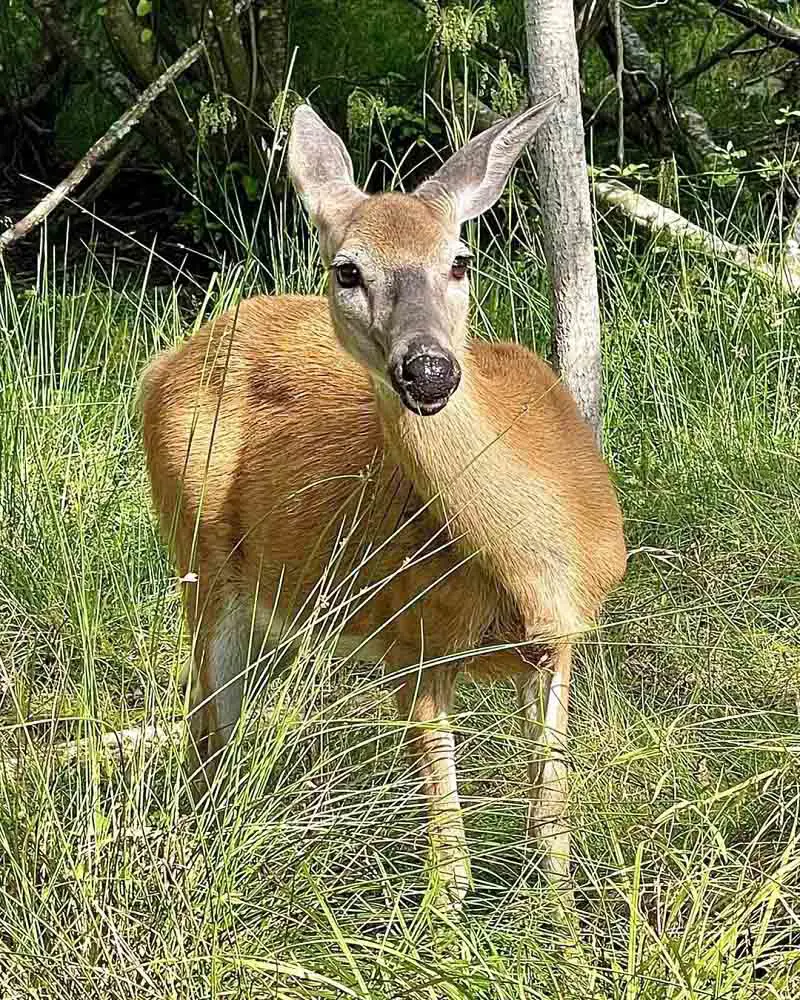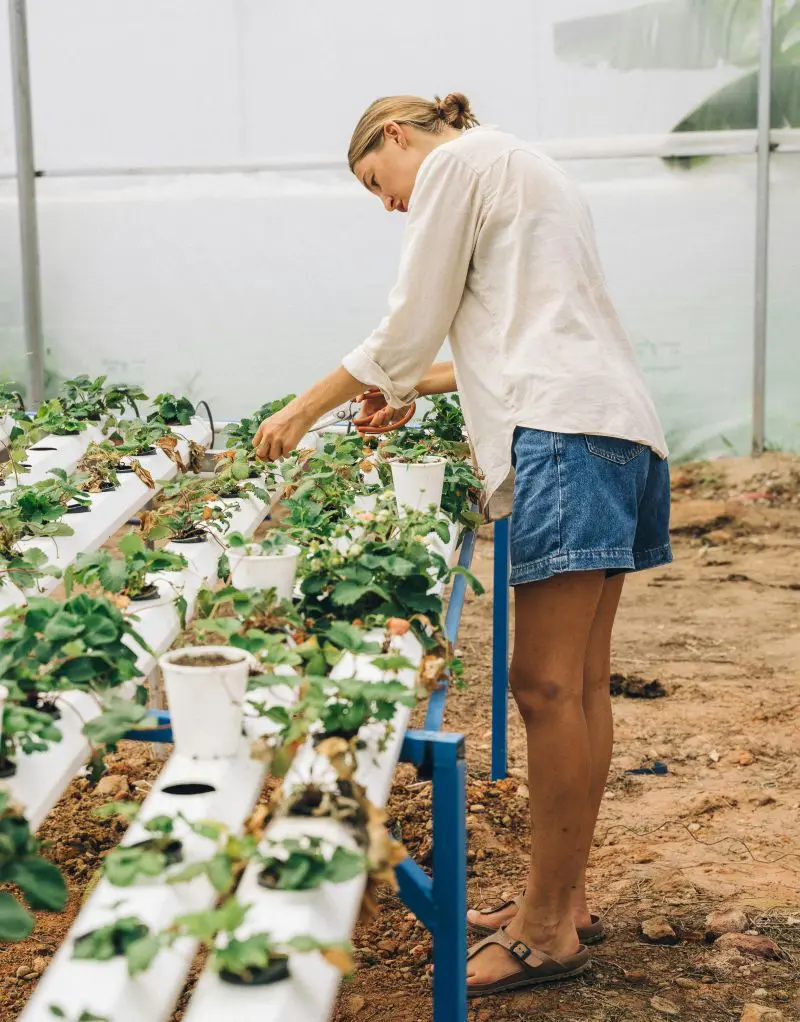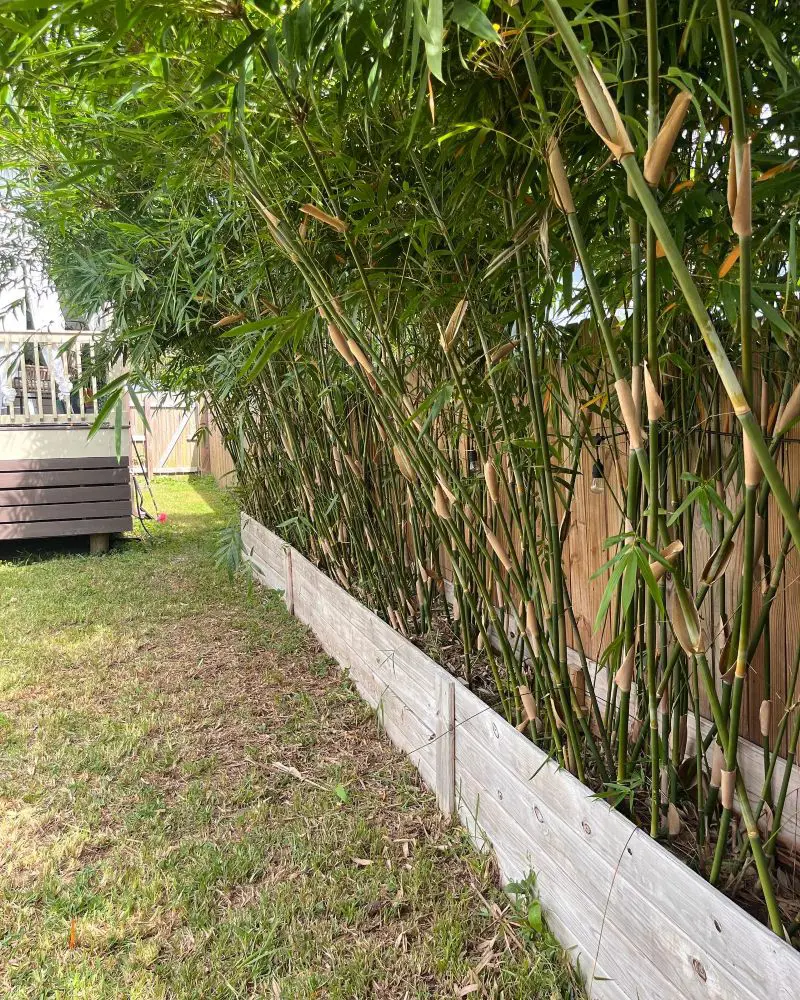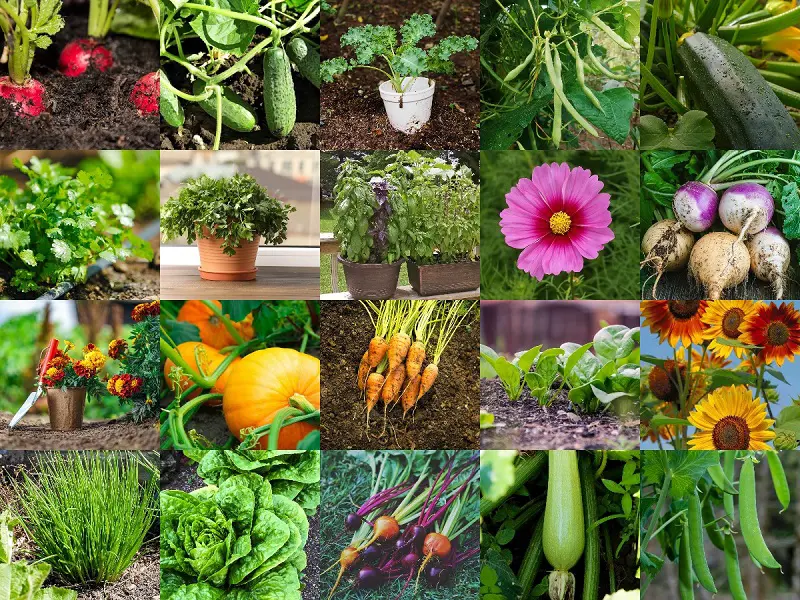Maple trees, known for their striking foliage and various species, are a significant part of North American landscapes. Their vibrant autumn colors and versatile wood make them a favorite among tree enthusiasts and woodworkers alike.
Maple trees are an integral part of America's natural and cultivated landscapes. Each species offers unique characteristics and benefits, from the iconic sugar maple to the delicate Japanese maple.
This article explores 15 maple tree types grown in America, highlighting their unique characteristics, habitats, and uses.
1. Sugar Maple (Acer saccharum)
Characteristics
The sugar maple stands as an icon of North American forests, celebrated for its vibrant fall foliage ranging from bright yellows to deep oranges and reds. This tree's leaves have five distinct lobes and its bark is gray and furrowed. It reaches heights of 60 to 75 feet.
Habitat
Sugar maples thrive in the northeastern United States and southeastern Canada, favoring rich, well-drained soils in hardwood forests. They are also crucial to the maple syrup industry, producing sap with a high sugar content.
Uses
Beyond its aesthetic appeal and ecological importance, the sugar maple provides highly valued hardwood used in furniture, flooring, and musical instruments due to its durability and attractive grain patterns. It exemplifies sustainable economic practices through maple syrup production.
2. Red Maple (Acer rubrum)
Characteristics
Red maples are known for their brilliant autumnal displays, showcasing shades of red, orange, and yellow. They have smaller leaves with three or five lobes and reddish twigs. This species can reach heights of 40 to 60 feet.
Habitat
Widely distributed across eastern North America, from the Gulf of Mexico to Canada, red maples thrive in various habitats, including swamps, riverbanks, and upland forests. They tolerate both wet and dry soils.
Uses
Red maple wood is used in general woodworking and furniture making. Its adaptability and striking fall colors make it a popular choice for landscaping and urban green spaces, adding aesthetic value throughout the seasons.
3. Silver Maple (Acer saccharinum)
Characteristics
Silver maples are recognized by their distinctively silver-colored undersides of leaves that shimmer in the wind. They have deeply lobed leaves and can grow rapidly, reaching heights of 50 to 80 feet.
Habitat
Commonly found along riverbanks, floodplains, and in moist soils across eastern and central North America, silver maples prefer well-drained, fertile locations but can tolerate wetter conditions.
Uses
While softer than other maple species, silver maple wood is used for products like paper pulp, crates, and pallets. Its rapid growth and spreading canopy provide shade and erosion control, though it is less favored for high-quality lumber.
4. Black Maple (Acer nigrum)
Characteristics
Black maples closely resemble sugar maples but are distinguished by their darker bark and broader leaves. Their autumn colors range from yellow to orange and they typically grow 60 to 80 feet tall.
Habitat
Native to the Midwest and eastern Great Plains of North America, black maples prefer rich, moist soils. They are often found in mixed hardwood forests alongside other maple species.
Uses
Black maple wood is comparable to sugar maple in quality and is used for furniture making, flooring, and crafts. It contributes to regional biodiversity and forest health, supporting diverse wildlife populations.
5. Boxelder (Acer negundo)
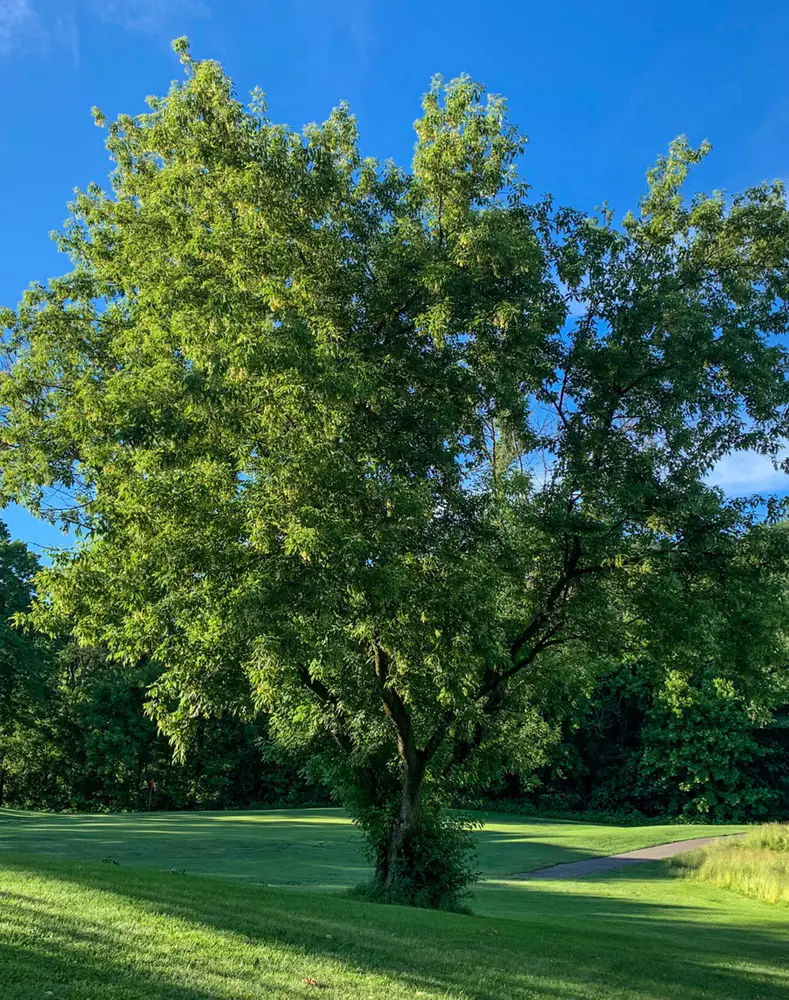
Characteristics
Boxelder maples are unique among maples for their compound leaves, resembling those of ash trees, and their fast growth rate. They typically grow 30 to 50 feet tall.
Habitat
Widely distributed across North America, boxelders are found in river valleys, floodplains, and disturbed areas. They are highly adaptable to various soil conditions.
Uses
While not prized for its wood, boxelder is used for windbreaks, erosion control, and as a source of pulpwood. Its ability to thrive in urban environments makes it valuable for urban forestry and green infrastructure.
6. Bigleaf Maple (Acer macrophyllum)
Characteristics
As its name suggests, the bigleaf maple has the largest leaves of any maple species, often exceeding 12 inches across. Its leaves turn golden-yellow in the fall, and the tree reaches heights of 50 to 100 feet.
Habitat
Native to the Pacific Northwest of North America, bigleaf maples thrive in moist, coastal forests from Alaska to California, often alongside Douglas firs and western red cedars.
Uses
Bigleaf maple wood is used for furniture, paneling, and musical instruments, though on a smaller scale compared to sugar maple. Its sap can also be tapped for syrup production, adding to its ecological and economic value.
7. Striped Maple (Acer pensylvanicum)
Characteristics
Striped maples are small, understory trees known for their distinctive green bark with white stripes and large, three-lobed leaves that turn bright yellow in the fall. They grow 15 to 30 feet tall.
Habitat
Found in cool, moist forests of northeastern North America, striped maples prefer shaded environments and often grow alongside sugar maples and beech trees.
Uses
While not commercially important for wood, striped maples are valued for their ornamental appeal in gardens and natural landscaping. They provide habitat and food for wildlife, contributing to forest ecosystem health.
8. Mountain Maple (Acer spicatum)
Characteristics
Mountain maples are small, shrubby trees with finely serrated leaves that produce clusters of white flowers in spring and bright red leaves in autumn. They typically grow 15 to 30 feet tall.
Habitat
Native to cooler regions of northeastern North America and Canada, mountain maples thrive on rocky slopes and in mountainous areas, contributing to biodiversity in these ecosystems.
Uses
Primarily used for erosion control and as ornamental plants in gardens, mountain maples provide aesthetic value with their vibrant foliage and seasonal blooms, attracting pollinators and wildlife.
9. Norway Maple (Acer platanoides)
Characteristics
Norway maples are recognized for their broad, dark green leaves that turn yellow in the fall. They have dense canopies and fast growth rates, reaching heights of 40 to 50 feet.
Habitat
Originally from Europe, Norway maples have naturalized across northeastern North America, thriving in urban environments, parks, and gardens. They tolerate various soil types and conditions.
Uses
Although not as highly valued for its wood as native maples, Norway maples are popular as ornamental and shade trees due to their resilience and dense foliage. They provide cooling effects and aesthetic enhancements in urban landscapes.
10. Amur Maple (Acer ginnala)
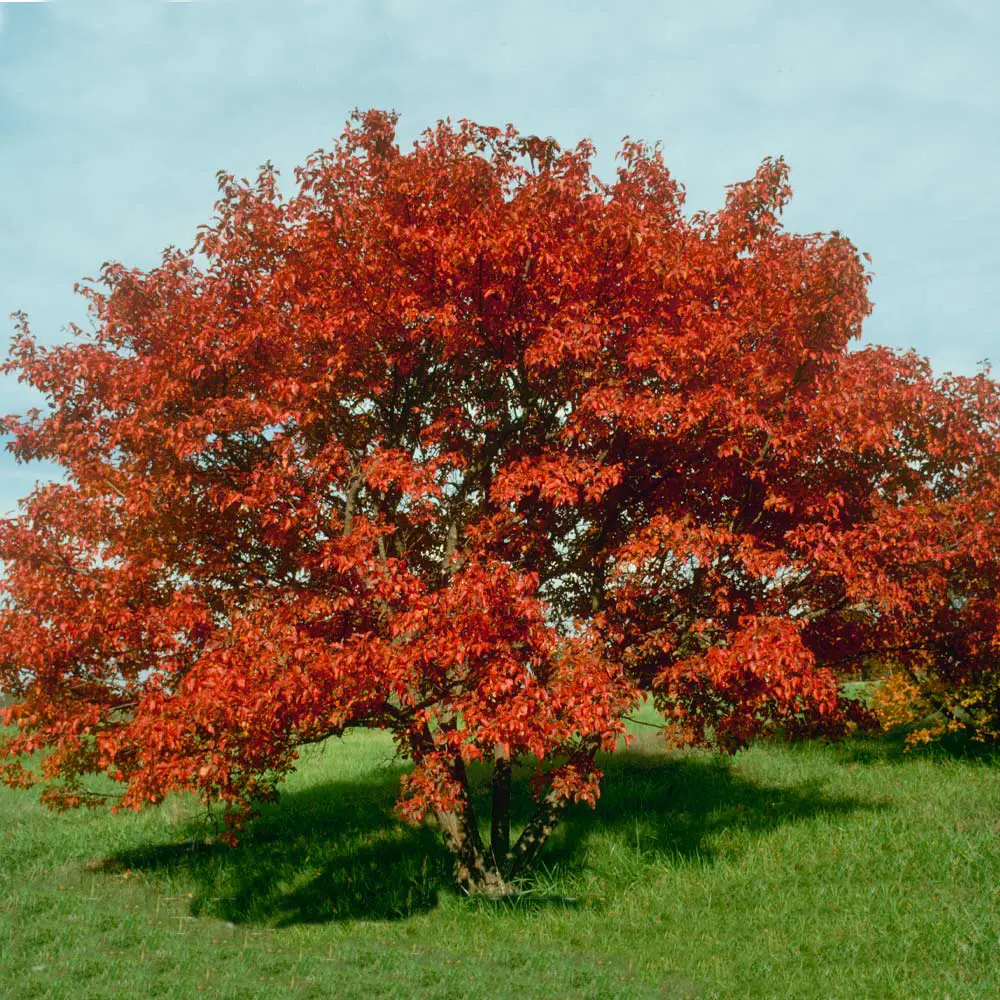
Characteristics
Amur maples are small trees with finely lobed leaves that turn a brilliant red in the fall. They are prized for their attractive, dense foliage and manageable size, typically growing 15 to 20 feet tall.
Habitat
Native to Asia, Amur maples have been widely planted in northern North America for their ornamental qualities. They adapt well to a range of soil types and are resilient in colder climates.
Uses
Commonly used in ornamental landscaping and as hedge plants, Amur maples provide vibrant fall colors and year-round visual interest in gardens and urban green spaces.
11. Japanese Maple (Acer palmatum)
Characteristics
Japanese maples are renowned for their delicate, palate leaves and striking colors, ranging from deep red to bright green. They vary widely in size and form, from shrubs to small trees.
Habitat
Native to Japan, these maples are cultivated extensively across the United States, particularly in zones 5-8, where they are prized for their ornamental value in gardens and landscapes.
Uses
Highly esteemed in ornamental horticulture and bonsai, Japanese maples are often featured as focal points in garden designs, adding elegance and aesthetic appeal with their vibrant foliage and graceful forms.
12. Freeman Maple (Acer × freemanii)
Characteristics
The Freeman maple is a hybrid between the red maple and the silver maple, combining the best features of both parents. It has vibrant red fall foliage and a strong, fast-growing nature, reaching heights of 50 to 70 feet.
Habitat
Widely planted across the United States, particularly in urban and suburban areas, Freeman maples adapt well to various soil types and conditions, thriving in diverse environments.
Uses
Popular in landscaping for its rapid growth and brilliant fall colors, Freeman maples are used as shade trees and ornamental plants. Their wood is also used in general woodworking and carpentry.
13. Paperbark Maple (Acer griseum)
Characteristics
The paperbark maple is distinguished by its peeling cinnamon-colored bark and trifoliate leaves that turn bright red in the fall. It is a small to medium-sized tree, reaching heights of 20 to 30 feet.
Habitat
Native to China, the paperbark maple has been successfully cultivated in North America, particularly in zones 4-8, where it thrives in well-drained soils and moderate climates.
Uses
Valued primarily for its ornamental qualities, the paperbark maple is a favorite in gardens, arboretums, and urban landscapes, where its unique bark provides year-round visual interest and texture.
14. Vine Maple (Acer circinatum)
Characteristics
Vine maples are small, shrubby trees with arching branches and leaves that turn brilliant shades of yellow, orange, and red in the fall. They typically grow 10 to 20 feet tall.
Habitat
Native to the Pacific Northwest, vine maples thrive in the understory of moist forests from British Columbia to northern California. They often grow alongside Douglas firs and western red cedars, contributing to the rich biodiversity of these ecosystems.
Uses
Vine maples are commonly used in natural landscaping and as ornamental shrubs in gardens. Their flexible branches and vibrant foliage make them a popular choice for adding visual interest and seasonal color to landscapes. They provide habitat and food for wildlife, supporting local ecosystems.
15. Shantung Maple (Acer truncatum)
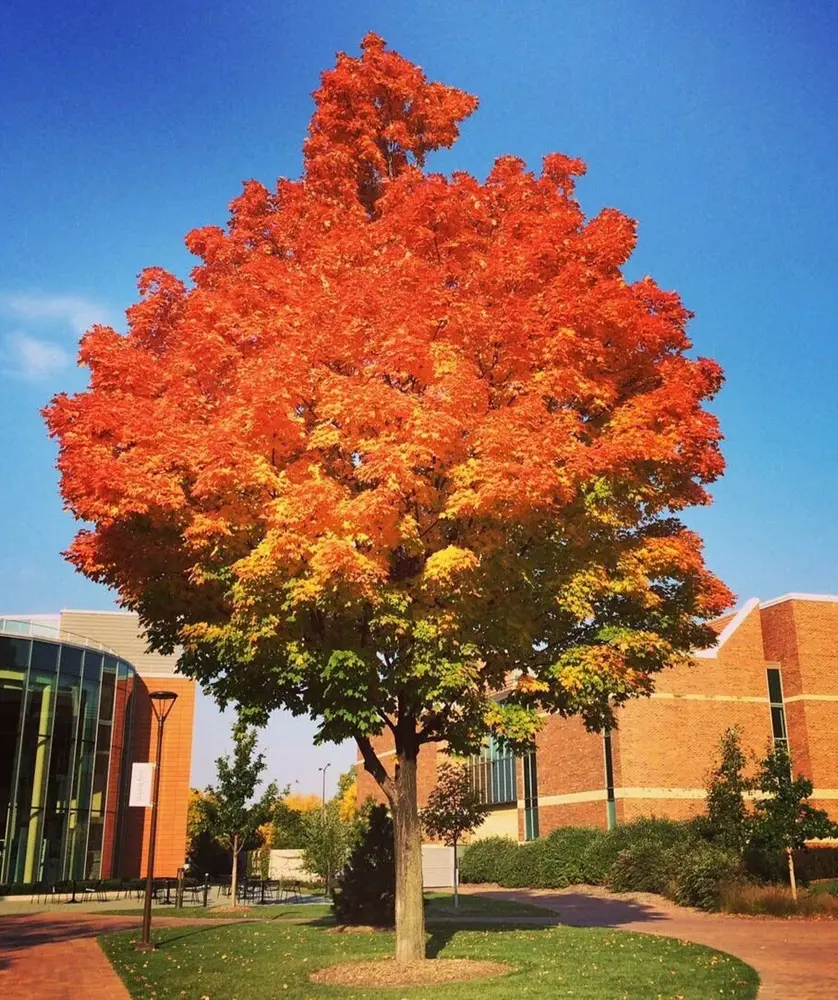
Characteristics
Shantung maples are small to medium-sized trees with five-lobed leaves that turn from golden-yellow to red in the fall. They are known for their drought tolerance and adaptability to various soil types.
Habitat
Native to China, Shantung maples have been introduced to the United States and thrive in the climates of the Midwest and Great Plains. They are often planted in urban and suburban landscapes.
Uses
Shantung maples are valued in ornamental landscaping for their compact size, attractive foliage, and resilience to harsh conditions. They provide shade, aesthetic beauty, and seasonal interest, enhancing the visual appeal of residential and public spaces.

